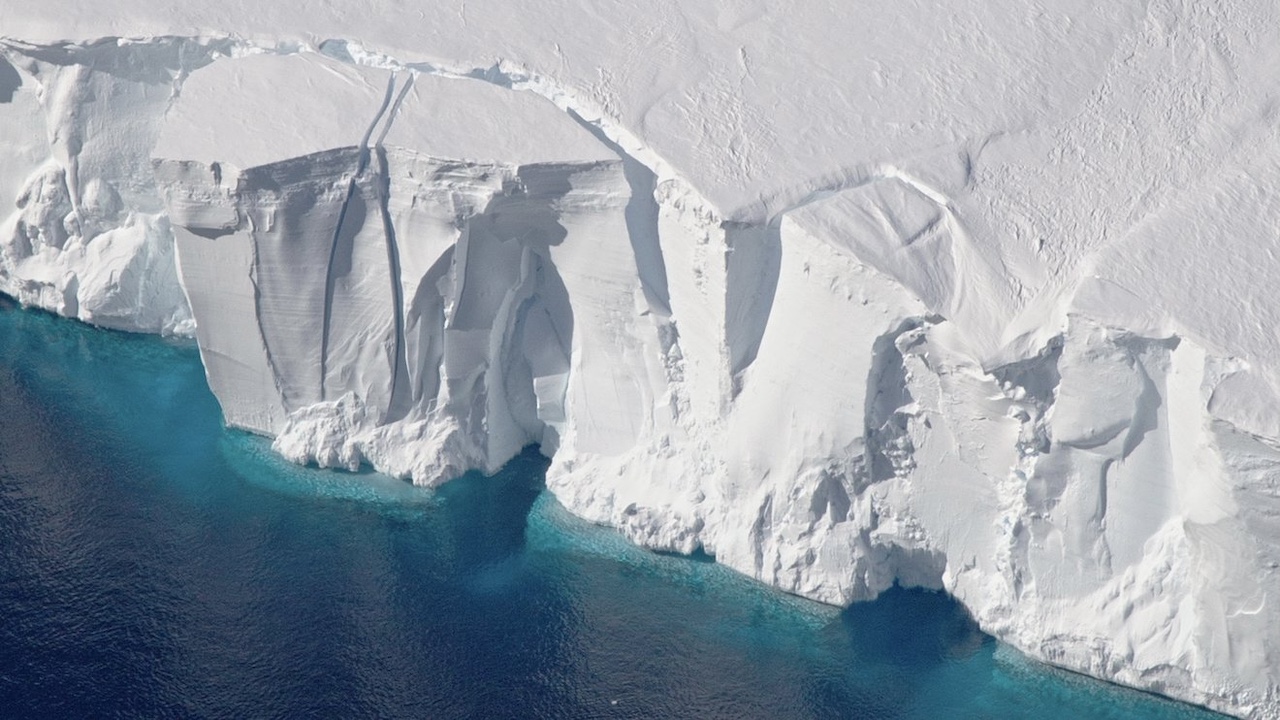A catastrophic collapse of the West Antarctic Ice Sheet would have grave implications for global sea level rise, inundating coastal cities and raising the frequency and severity of flooding. Such an outcome by the end of the 21st century once was considered so unlikely it was left out of scientists' assessments of future sea level rise. But their thinking is beginning to change.
The most recent assessment by the Intergovernmental Panel on Climate Change (IPCC) in 2021 casts such episodes more bluntly: Our understanding of contributing factors – unstable marine ice cliffs, loss of buttressing ice shelves – is so limited that the potential for rapid ice-sheet collapse cannot be reliably estimated. Instead, it falls in the realm of “deep uncertainty.”
But discussion of such a scenario was included nevertheless. Though perhaps of little value to scientists, such “low likelihood, high impact” possibilities might be important for coastal planners. They might, for example, wish to fortify coastal infrastructure – such as a power plant – against highly unlikely but extremely damaging worst-case scenarios for sea level rise.
A recent study explores the nuances of such uncertainty in scientific projections of future events and concludes that deep uncertainty – even ambiguity – should be communicated to planners and the public.
“One could just say, ‘It’s highly contentious, so I’m not going to take it into account’ when doing adaptive planning,” said Rutgers University climate scientist Robert Kopp, the study’s lead author. “But if you’re making decisions at time scales that are relevant, it creates a lot of unmanaged risk. [Not accounting for such scenarios] can put lives and property in danger.”
Uncertainty is a key factor for researchers as they try to draw conclusions from available data – whether robust or sparse – about how natural systems operate. Most scientists attempt to quantify the level of uncertainty accompanying their findings in published papers.
But scientific uncertainty covers a broad spectrum of doubt. At one end, “quantifiable” uncertainty allows scientists to assess the probability, perhaps using a percentage, that their conclusions are verifiably correct.
At the other end of the spectrum lurks “unquantifiable uncertainty.” Such deep uncertainty includes a particular form known as ambiguity – when probabilities cannot be assessed because the known facts are open to too broad interpretation.
“Ambiguity is a situation where it is not possible to quantify uncertainties in a way analysts would agree upon,” said Kopp, a member of NASA’s Sea Level Change Team and lead author of a chapter in the most recent IPCC climate assessment.
Disentangling ambiguity
Ice sheets are especially vexing in this regard. How they interact with other components of the climate system – air and ocean temperatures, for instance – can be difficult to tease apart.
“It’s very important to communicate these uncertainties, not ignore them,” said Marjolijn Haasnoot, an environmental scientist at the University of Utrecht, Netherlands. “The highly uncertain, but potentially large contribution from ice sheets could result in very rapid sea level rise with large consequences. Large, impactful decisions need to be taken.”
Even more ambiguity comes into play with socioeconomic factors. For instance, we know greenhouse gases are driving warming of the atmosphere, but will our emissions of such gases increase, decrease, or stay about the same?
Kopp and his co-authors detailed the history of ambiguity as it has evolved from the first IPCC Assessment Report in 1990 to the sixth (“AR6”) in 2021. The first report calls “rapid disintegration” of the West Antarctic Ice Sheet “unlikely within the next century.” The chance became a “low likelihood” in 1995, “very unlikely” in 2001, and incapable of being assessed in 2007.
In 2013, researchers said the chance of collapse was not precisely quantifiable, but they had “medium confidence” that it would not result in sea level rise greater than several tenths of a meter in the 21st century. A special report in 2019 offered low confidence in Antarctic sea levels rising beyond the “likely” range by century’s end. But it also mentioned deep uncertainty in attempts to estimate the ice sheet’s future because ice-sheet models could not realistically simulate all of the contributing factors.
In the AR6 report, researchers acknowledged deep uncertainty but nevertheless sketched out the changes that could lead to higher sea level rise by 2100: “…earlier-than-projected disintegration of marine ice shelves, the abrupt, widespread onset of marine ice sheet instability and marine ice cliff instability around Antarctica, and faster-than-projected changes in the surface mass balance and discharge from Greenland.” Despite the deep uncertainties and limited data, in “a low-likelihood, high-impact storyline, under high emissions such processes could in combination contribute more than one additional metre of sea level rise by 2100.”
AR6 was the most effective approach so far, Kopp said. Providing an account of potentially damaging scenarios, even if their probability cannot yet be quantified, allows stakeholders at a local level to factor them into their planning. “We think it should be at least an input to regional assessment processes,” he said.
Kopp and colleagues drew another thought-provoking conclusion: How scientists communicate uncertainty is itself a proper subject for scientific scrutiny.
“If you are interested not just in science for science’s sake, but science for the purposes of helping make decisions, the entire chain of how you go from research to decisions is critically important,” he said. “I consider it to be understudied compared to the core science there.”
"Communicating future sea-level rise uncertainty and ambiguity to assessment users," first author Robert E. Kopp, was published in the journal, "Nature Climate Change," in June 2023.



